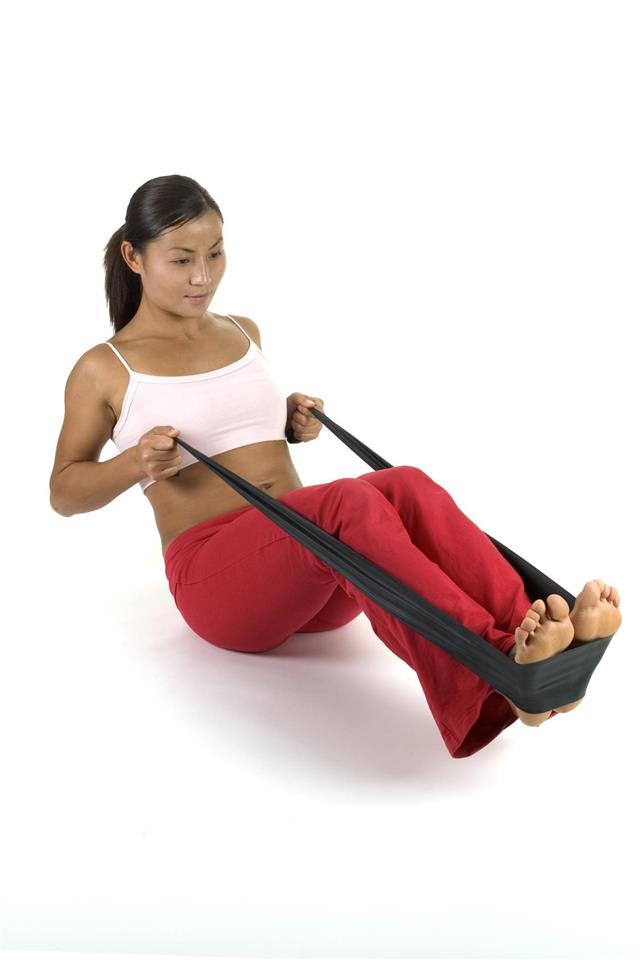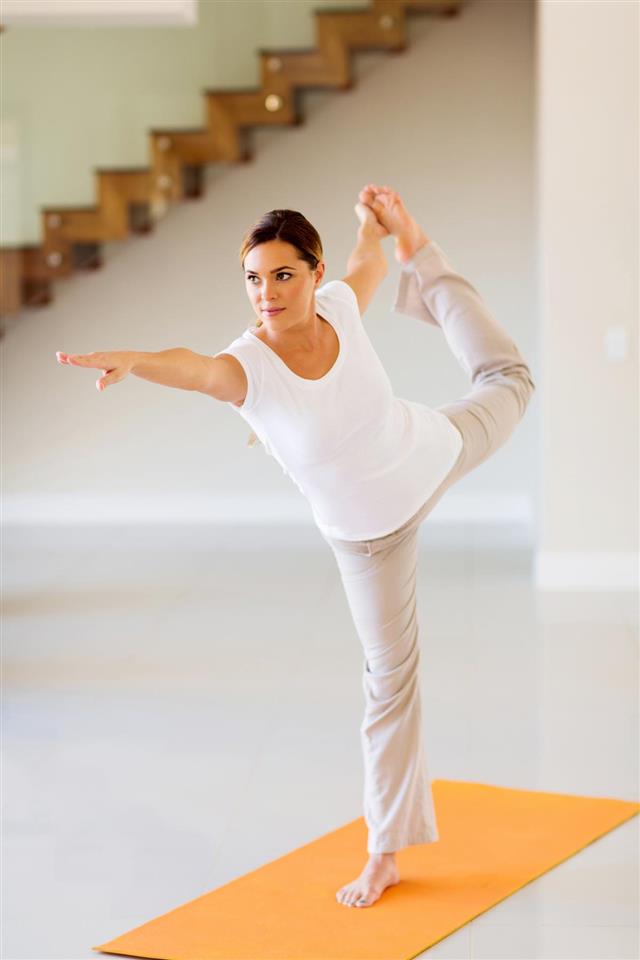
Trochanteric bursitis exercises, are part of a rehabilitation program for reducing the pain caused due to a type of hip bursitis. This article provides some information about this condition and some rehabilitation exercises for the same.
Hip bursitis is a chronic pain in the hip region, due to inflammation of fluid-filled sacs called bursae. There are basically three types of hip bursitis, trochanteric bursitis, ischiogluteal bursitis, and iliopectineal bursitis. A bursa is a sac which contains fluid in it and is present between a tendon and a bone to act as a shock absorber. Such bursae are present all over the body and inflammation of any bursa results into bursitis.
Trochanteric Bursitis
This is the most common type of hip bursitis, which is a result of inflammation of the trochanteric bursa that is located in the side regions of our hip. This bursa is also called greater trochanter. The irritation or inflammation of this bursa causes side hip pain. Incorrect posture, injury to the hip, previous surgery, certain health problems, etc., are some of the causes of this condition.
Some Exercises
Rest is the initial treatment required for this condition. Medications and ice therapy help to alleviate the pain in the hip. Later, the affected person is advised to undergo certain trochanteric bursitis physical therapy program, that will help to strengthen the muscles and the bones of the affected area. Trochanteric bursitis stretches help to improve the hip movement and reduce the pain caused. Here are some of the greater trochanteric bursitis exercises.
Iliotibial Band Stretch – Side Leaning: This iliotibial band stretch is nothing but side leaning on a wall. Stand at a foot distance from the surface of the wall, with your injured side near the wall. Lean on the wall by placing your palm on the surface of the wall. Cross your uninjured leg over the other leg and lean gently on the wall. Repeat the same for the other side.
Leg Raise: Lie down on an exercise mat on your unaffected side. Use your hand to support your head. Now, tighten the muscles of your upper thigh of the affected side and raise that leg above the floor. Raise the leg 8 to 10 inches above the floor and ensure that your knees remain straight, while raising the affected leg. Hold the position for a few seconds and repeat the exercise. Perform 3 sets with each set having 10 repetitions.
Iliotibial Band Stretch – Standing: Stand in an upright position. Now, cross your unaffected leg over your injured leg, as in the first iliotibial band stretch. Bend down and touch your toes with your fingers. Hold the position for 30 seconds and get back to the initial position and repeat the exercise for three times.
Hip Extension: Lie down on an exercise mat on your stomach and place your hands besides your sides. Now place your palms, such that, they touch the exercise mat. Now, slowly raise the affected leg above the floor by tightening your thigh muscles. See that your knees remain straight when you lift the affected leg. Hold the leg in raised position for few seconds and bring it down slowly. Perform 3 sets with each set having 10 repetitions.
Wall Squat: Stand in an upright position with your face opposite to a wall. Place an exercise ball or basketball behind your back and lean against the wall. Keep your body straight and squat down slowly to make your thighs parallel to the floor. Hold the position for ten seconds and slide up on the wall. Repeat the steps 10 times, 3 sets.
It is recommended that you should consult a physician before performing these exercises, to ensure the fitness level of the body. Following the aforementioned exercises might prove beneficial to help strengthen the muscles in the hip region and allow easy movement in this area.
Disclaimer: This HealthHearty article is for informative purposes only, and should not be used as a replacement for expert medical advice.






